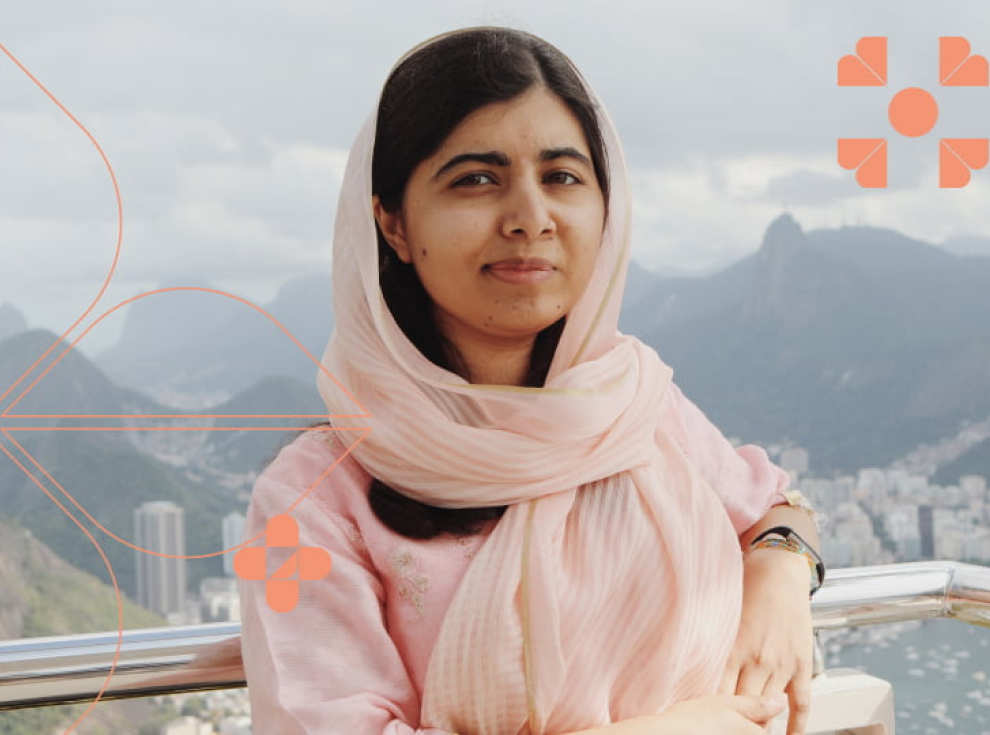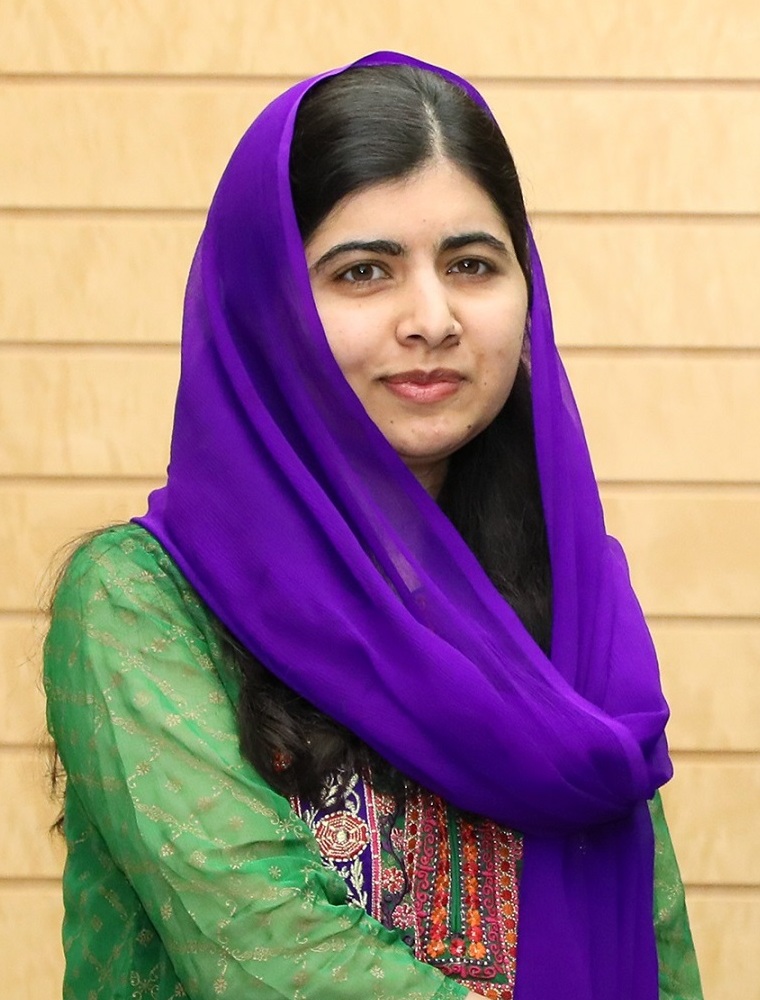
Her courage came at a heavy price. In 2012, while returning home from school, Malala was shot by the Taliban for her activism. The world watched in shock and disbelief, yet Malala’s spirit remained unbroken. After a long and arduous recovery, she emerged from the ordeal with an even stronger resolve to fight for what she believed in.
Malala’s story became a rallying cry for education and women’s rights. She emerged as a global icon, addressing the United Nations and advocating for change on international platforms. Despite the continued threats to her life, Malala continued to champion girls’ education, founding the Malala Fund to support girls’ access to education globally.
Today, Malala, a young woman with a Nobel Peace Prize to her name, stands as a symbol of hope and resilience. Her story is one of courage, defiance, and the unwavering belief that education has the power to transform lives and build a brighter future. While the fight for girls’ education continues around the world, Malala’s journey inspires countless girls and reminds us that even the smallest voice can challenge the status quo and ignite positive change.

Malala Yousafzai, a beacon of hope and resilience, emerged from the shadows of adversity to become a global symbol of courage. Her remarkable journey defied the darkness and ignited a movement for education and empowerment. Let me share her inspiring story:
Birth and Early Years (1997):
Malala was born in Mingora, Pakistan on July 12, 1997.
In a society where welcoming a baby girl wasn’t always celebrated, her father, Ziauddin Yousafzai, was determined to provide her with every opportunity that boys had.
Her father, a teacher, ran a girls’ school in their village, fostering Malala’s love for education.
The Taliban’s Rule (2008):
Everything changed when the Taliban took control of their town in the Swat Valley.
The extremists imposed harsh restrictions, including a ban on girls attending school.
At just 11 years old, Malala bid farewell to her classmates, uncertain if she would ever see them again.
Speaking Out and Becoming a Target (2012):
Malala courageously spoke out for girls’ right to education.
In October 2012, a masked gunman boarded her school bus and asked, “Who is Malala?”
He shot her on the left side of her head.
Ten days later, she woke up in a hospital in Birmingham, England, where doctors informed her about the attack and the global prayers for her recovery.
A Choice to Make (2014):
After months of surgeries and rehabilitation, Malala joined her family in the United Kingdom.
She faced a pivotal choice: to live quietly or to use her new life to continue her fight for girls’ education.
With her father’s unwavering support, she established Malala Fund, dedicated to empowering every girl’s future.
Nobel Peace Prize and Advocacy (2014):
In recognition of her work, Malala received the Nobel Peace Prize in December 2014, becoming the youngest-ever laureate.
She began studying Philosophy, Politics, and Economics at the University of Oxford.
Every day, she fights to ensure that all girls receive 12 years of free, safe, quality education.
She travels to various countries, meeting girls battling poverty, war, child marriage, and gender discrimination, amplifying their stories.
Hope for the Future:
Malala Fund invests in educators and activists in developing countries.
It holds leaders accountable for their promises to girls.
Despite challenges, Malala’s indomitable spirit continues to inspire hope and change.
Malala Yousafzai’s journey exemplifies resilience, courage, and the transformative power of education. Her voice rises above bullets, and her legacy remains a beacon of hope for generations to come